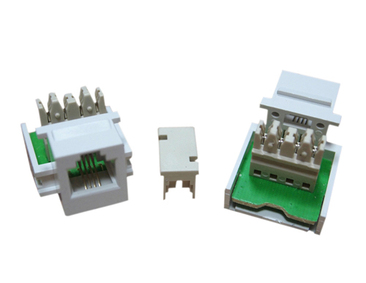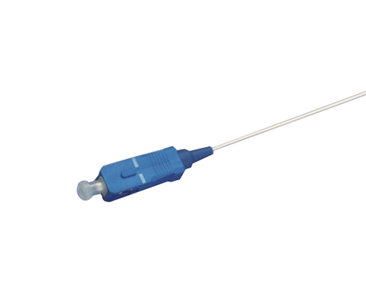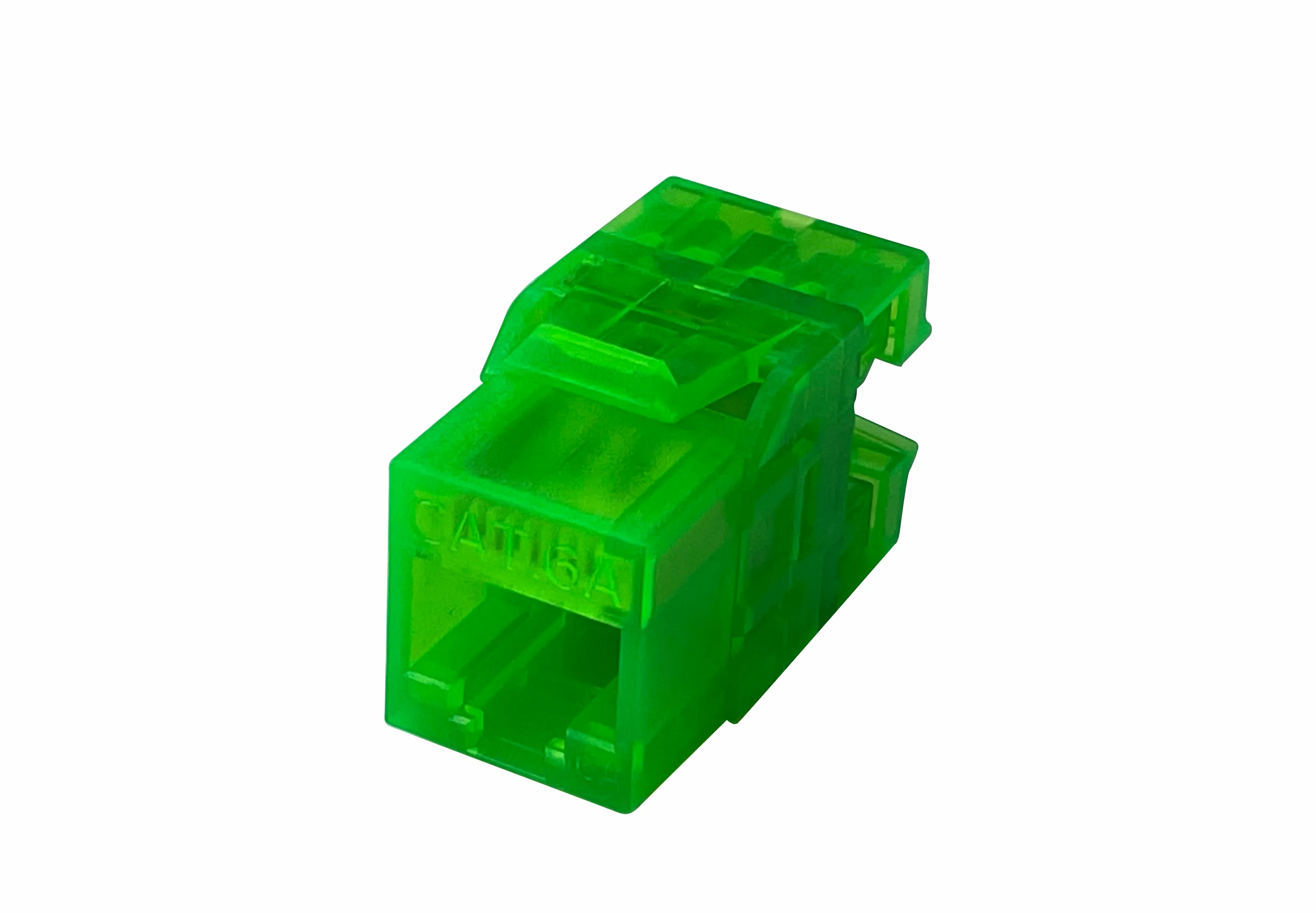
The optical termination is the core component of the optical fiber connector. Different from the circumferential contact transmission of electrical contacts, optical terminations are generally transmitted through end-face contact, and the end faces are polished to achieve the best optical performance and good mechanical properties. The optical signal enters from one end of the termination along the optical fiber to another side.
1) The optical termination is composed of a high-precision ceramic pin and a correction sleeve. The optical fiber is fixed in the inner hole of the ceramic pin. After the end surface is polished, it is tightened by the springs at both ends to make reliable contact. The diameter of the ceramic pin used in the contact is generally Φ2.5mm, Φ1.25mm, etc., and the accuracy of the diameter and coaxiality can reach 0.1μm.
2) MT type optical termination is a termination used for multi-core optical fiber connectors. The main material is pps, which is an important part of optical fiber connectors such as MPO and MTP. Fiber optic connectors using MT optical terminations generally have a higher density, and a single termination can achieve up to 72 channels of optical signal transmission at the same time. The terminal piece adopts the guide pins at both ends to guide and correct, so that multiple optical fibers are centered in the pin at the same time.
1) Transmission mode of optical fiber connector
Refers to the transmission mode of light in the optical fiber (electromagnetic field distribution form). Commonly used communication fiber modes are divided into single-mode and multi-mode, single-mode is suitable for long-distance transmission, and multi-mode is suitable for short-distance transmission. G652D single-mode fiber has a core diameter of 9μm and a cladding diameter of 125μm. Multimode fibers are commonly used in two forms: 62.5/125 or 50/125.
The selection of the optical fiber mode must match the optical module, otherwise the core diameter mismatch will cause additional loss. It is not recommended to interconnect optical fibers with different core diameters.
2) Insertion loss of optical fiber connector
When a fiber optic connector is used for connection, the amount of optical signal power reduction, usually expressed in decibels. For example: when the insertion loss is 3dB, the optical power loss is about 50%, when the insertion loss is 1dB, the power loss is about 20%, IL=-10lg (output optical power/input optical power).
3) Return loss of optical fiber connector
Also known as reflection loss, it refers to the parameter of signal reflection performance. Return loss describes the amount of return of the optical signal back to the original path. Generally, the larger the better. For example: input 1MW power, 10% of which is reflected back, that is 10dB, 0.003% is reflected back, the return loss is about 45dB. RL=-10lg (reflected optical power/input optical power)
4) Face type of optical fiber connector
The fiber surface type is divided into PC (Physical Contact) and APC (Angled Physical Contact). After the Angled Physical Contact, the reflected beam returning along the original path is greatly reduced, which helps to improve the return loss of the optical fiber connector.
If you have any interests of fiber patch cord, welecome to contact Copperled Technology Co.,Ltd. (Tel: 0755-27896171)


